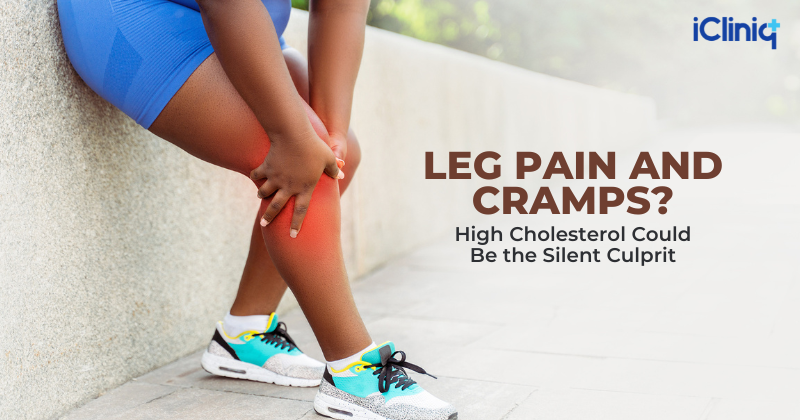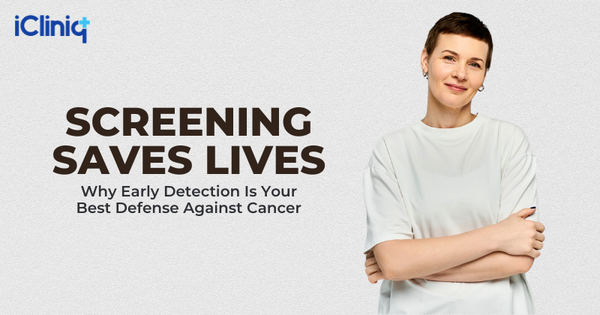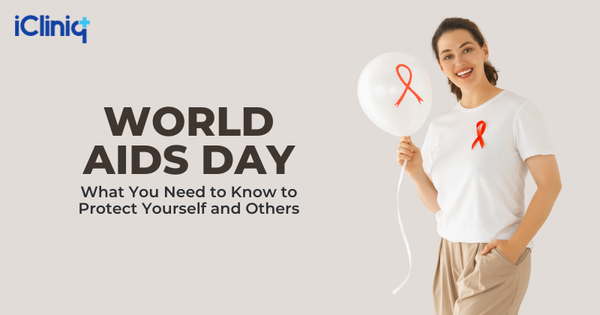Leg Pain and Cramps? High Cholesterol Could Be the Silent Culprit

- Cholesterol is not only a heart problem—it marches down to your legs.
- Cramping, tingling, or pain while walking? Your body might be flying a red flag.
- Take a step toward clarity—know the signs, alter the lifestyle, and stride freely again.
When Legs Speak, Listen
You're strolling down the street, and then there it is once more, that unpleasant cramp in your calf. It's not dehydration, you reason. You stretched. You had bananas. Still, the ache remains, particularly if you walk a few blocks. Here's something few people are aware of: high cholesterol can result in inadequate blood circulation to the legs, producing pain, cramping, and fatigue that are easily confused with something else.
The Circulation Connection
Cholesterol is a type of fat, and when it accumulates in arteries, it forms blockages, a condition referred to as atherosclerosis. Although most individuals associate this with heart attacks or strokes, the truth is that it impacts blood vessels throughout the body, including your legs.
This creates peripheral artery disease (PAD), a stealthy condition in which narrowed arteries decrease blood flow to the legs. The payoff? Leg pain, particularly when walking or climbing stairs, that mellows out when you rest (a process known as intermittent claudication).
Lifestyle Habits That Trigger the Trouble
Let's face it, life these days isn't exactly cholesterol-welcoming. Here's what could be doing your legs in without your knowing:
Unbalanced Diets
Too much saturated fat, processed foods, and sugary snacks? You’re feeding cholesterol.
Sedentary Routine
Desk jobs + binge-watching = sluggish blood flow and rising lipid levels.
Smoking
One word: vasoconstriction. Tobacco tightens your arteries, worsening cholesterol’s effects.
Stress
Cortisol spikes affect fat metabolism. Chronic stress equals long-term health sabotage.
Listen to Your Legs, Know the Warning Signs
- Cramping in calves, thighs, or hips during movement.
- Numbness, weakness, or cold feet.
- Slower toenail or hair growth on legs.
- Shiny skin or slow-healing ulcers.
- Pain that disappears with rest but comes back fast.
Flip the Script, Habits That Heal
Even 30 minutes of daily brisk walking 5 days a week can boost circulation and lower cholesterol. Bonus: it's a mental health boost too.
Cholesterol-Friendly Eating
Emphasize soluble fiber (oats, legumes, apples), omega-3s (flax, fish), and healthy fats (avocado, olive oil). Eliminate the trans fats—entirely.
Hydration Matters
Dehydration makes cramping worse. Drink 8+ glasses of water daily and keep caffeine to a minimum.
Check Your Numbers
Lipid profile tests are not limited to the elderly. Know your HDL (good cholesterol), LDL (bad cholesterol), and triglycerides. Early action = longer action (with your legs, literally).
Rest and Recovery
Your body repairs itself when it rests. Inflammation decreases, and the repair process starts.
The Psychological Win of Healthy Circulation
1. Sharper Mind, Better Oxygen = Sharper brain.
2. Confidence in Movement = No more hesitating with every step.
3. Peace of Mind, Healthy arteries = Healthier life outlook.
4. Motivation, Every step becomes a statement of control over your well-being.
Let Leg Pain Be Your Wake-Up Call
Too often overlooked, the leg cramps and aches are gentle messengers. They're not always magnesium or dehydration issues. Occasionally, they're a signal for improved blood flow and a healthier way of life. High cholesterol doesn't always yell, it sneaks in, and the legs may notice first before the heart.
Final Thoughts
1. There is no magic cream, nor magic bullet. It's awareness, discipline, and modest lifestyle improvements that make the difference.
2. The next time your legs ache, don't stretch—reflect.
3. Healthy legs begin with a healthy heart—and that begins with what you eat, how you move, and how you sleep.
Your legs take you—don't neglect them when they cry out for assistance. Begin small today. Walk your way to wellness.




